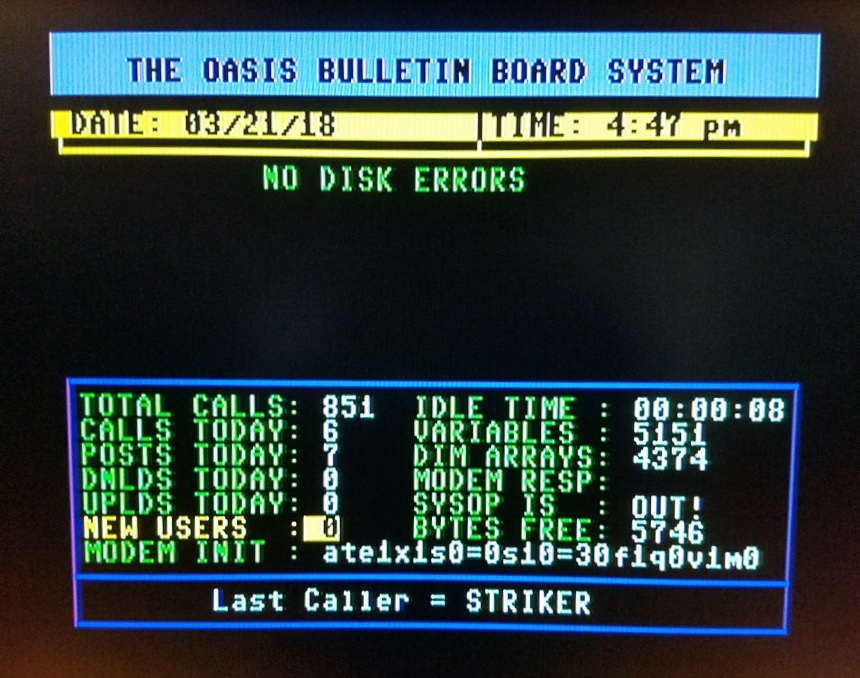

In 1983, Commodore offered a $100 rebate in the United States on the purchase of a C64 upon receipt of any video game console or computer. This allowed it, like its predecessor, the VIC-20, to compete against video game consoles. The key to the 64's success was Commodore's aggressive marketing tactics, selling it in department stores, discount stores, and toy stores in addition to its network of authorized dealers. The C64 would rival the Spectrum in popularity in the latter half of the 1980s eventually outliving the Spectrum when it was discontinued in 1992. Released a few months ahead of the C64, and selling for almost half the price, the Spectrum quickly became the market leader. In the United Kingdom, the primary competitors to the C64 were the British-built Sinclair ZX Spectrum and the Amstrad CPC. The ageing Apple II was clearly no match for the C64's hardware, but it was very expandable with its internal expansion slots, a feature lacking in the 64.

It also forced Atari to redesign their machine to be more cost effective, resulting in the 400/800XL line.

The Atari 800 was very similar in hardware terms, but it was very expensive to build which soon forced Atari to move their production to the Far East. In the United States the greatest competitors to the C64 were the Atari 800 and Apple II. With an impressive price point coupled with the 64's advanced hardware, it quickly out classed many of its competitors. The C64 faced a wide range of competing machines after its introduction in August 1982. The cost of building each C64 was estimated at US$135 due to Commodore's vertical integration and more crucially, MOS Technology's integrated-circuit fabrication facilities, leaving a large margin to work with. Ziembicki, a former Production Engineer at Commodore recalled: "All we saw at our booth were Atari people with their mouths dropping open, saying, 'How can you do that for $595?'".

The C64 made an impressive debut as David A. The design team was given less than two months to develop a prototype so that it could be displayed at the winter Consumer Electronics Show in January 1982. Although 64KB of RAM was very expensive, Tramiel knew that DRAM prices were falling, and that it would eventually drop to an acceptable level before going into full production. Tramiel wanted the chips to form the base for a computer with 64 KB of RAM, which at the time was double the amount of RAM of many computers available in late 1981. Design work for the chips was completed in November 1981, but the console project was soon cancelled after a meeting with Commodore president Jack Tramiel. Commodore's integrated-circuit design subsidiary initiated a project to design the graphic and audio chips for a next generation video game console.


 0 kommentar(er)
0 kommentar(er)
